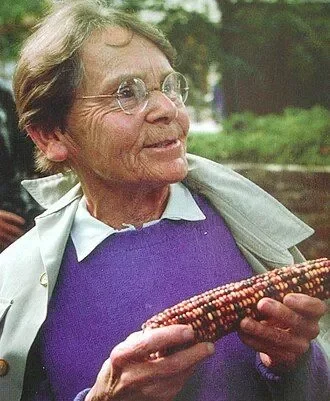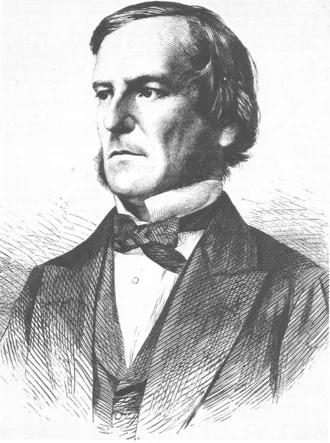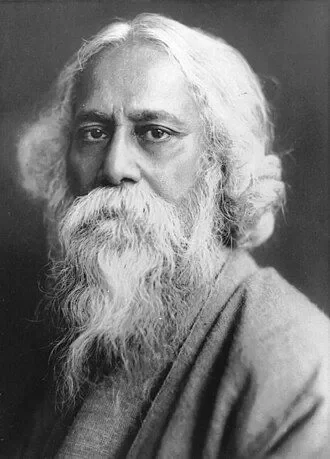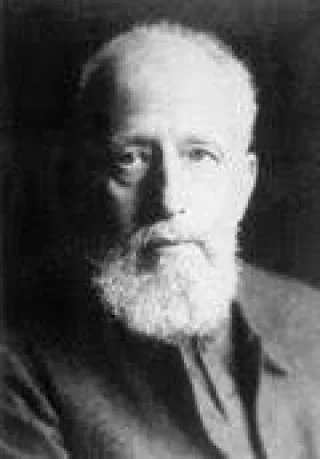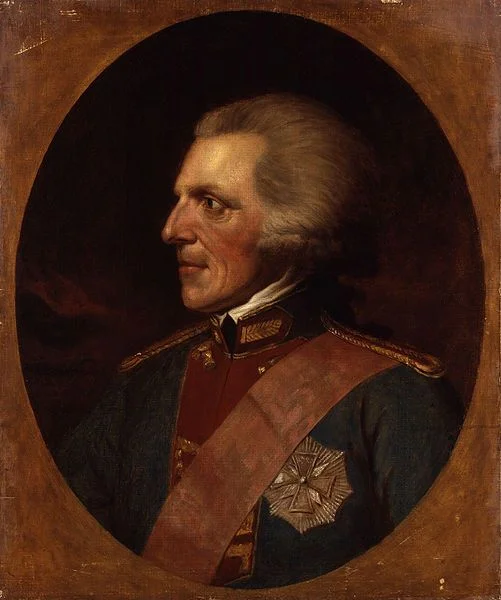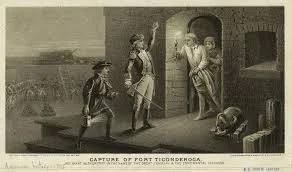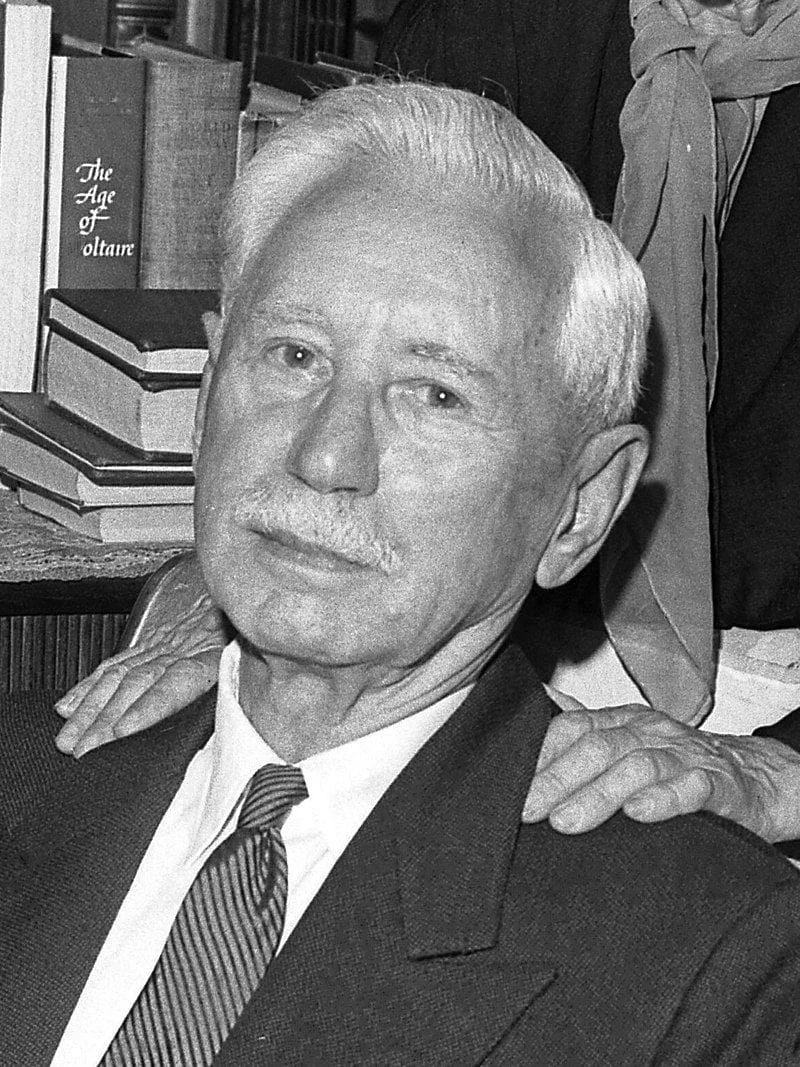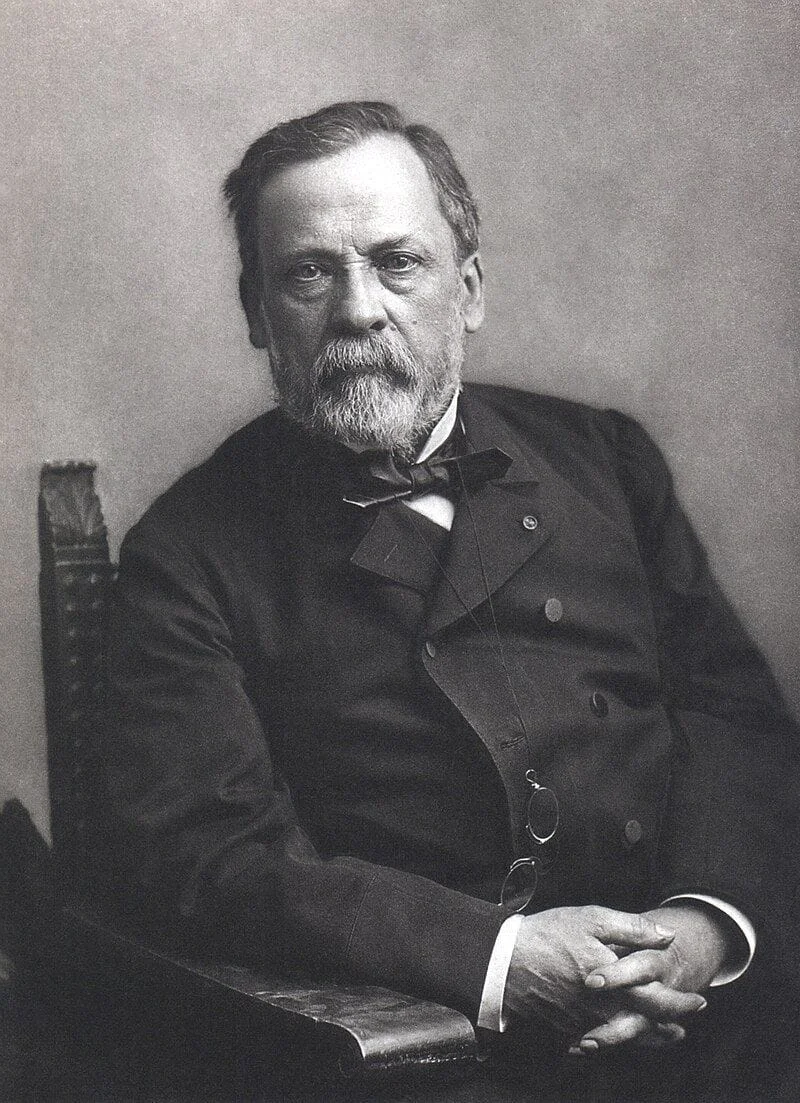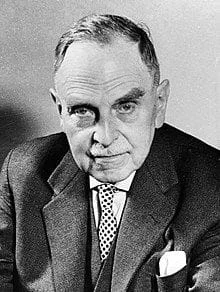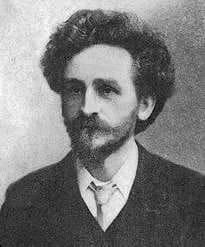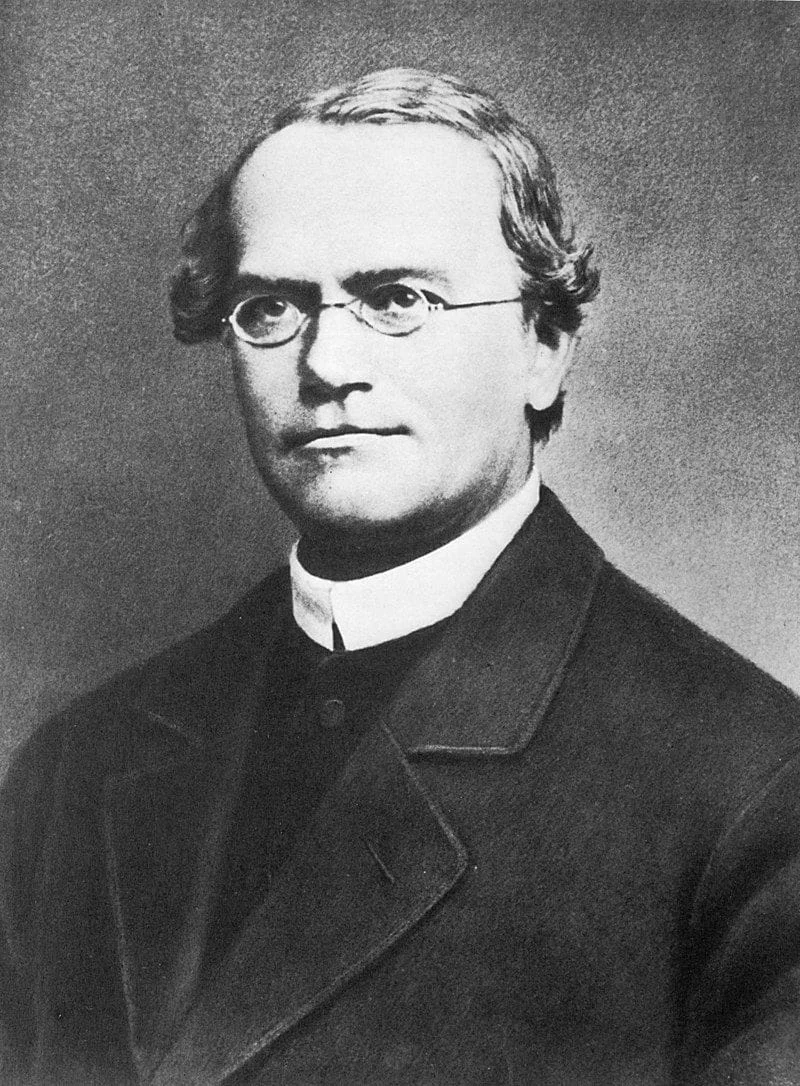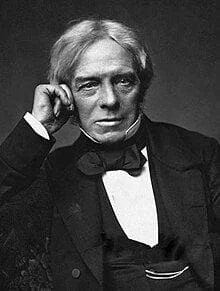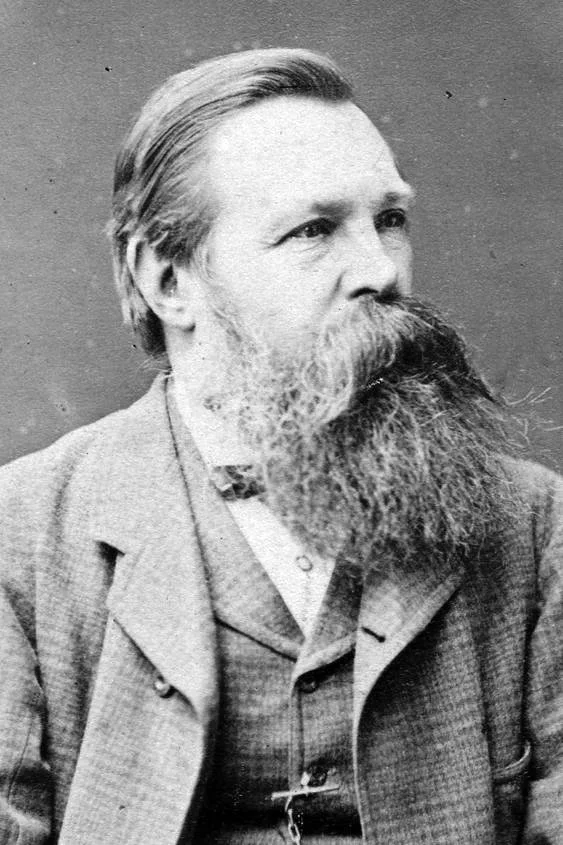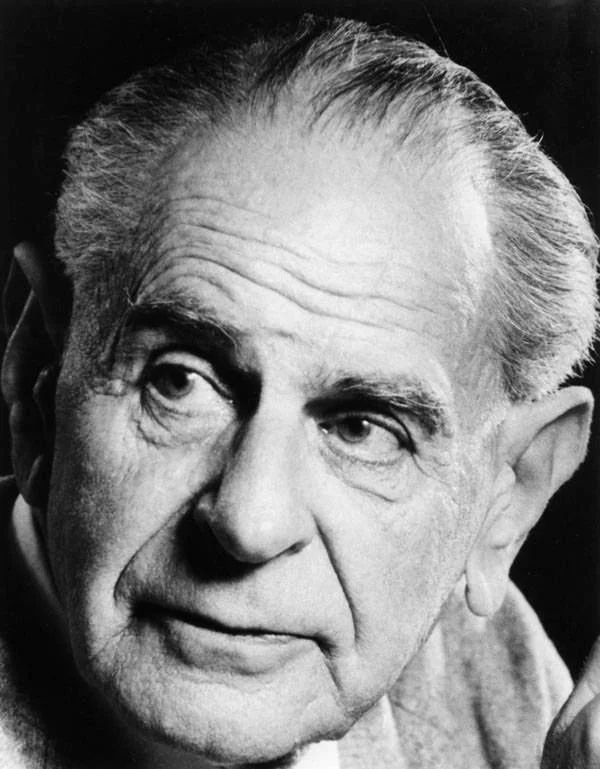Real Celebrities Never Die!
OR
Search For Past Celebrities Whose Birthday You Share
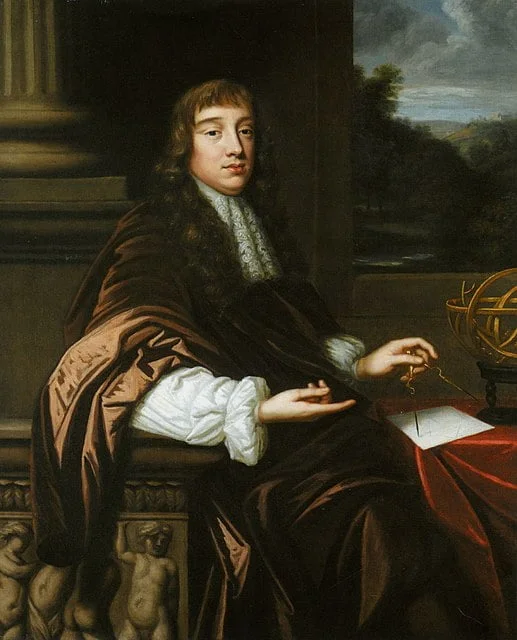
source:wikipedia.org
Robert Hooke
Birthday:
18 Jul, 1635
Date of Death:
03 Mar, 1703
Cause of death:
Drug overdose
Nationality:
British
Famous As:
Architect
Age at the time of death:
67
Early Life and Education
Robert Hooke was born on July 18, 1635, in Freshwater on the Isle of Wight, England. His early life was marked by significant challenges, including the loss of his father when he was only three. Despite this, Hooke displayed remarkable intellectual prowess from a young age. He attended Westminster School and later joined Christ Church, Oxford, where he studied a wide range of subjects, including mechanics, astronomy, and chemistry.
Role at the Royal Society
In 1665, Robert Hooke became the curator of experiments at the newly founded Royal Society of London. This position allowed him to engage in groundbreaking scientific work, and he quickly became one of the leading experimental scientists of his time. Hooke’s exceptional skills in designing and building scientific instruments significantly contributed to his success.
Hooke’s Law and Contributions to Physics
One of Hooke’s notable contributions was his work on the spring constant, now known as Hooke’s Law. In 1660, he discovered the law that describes the relationship between the force applied to a spring and its displacement. This foundational principle laid the groundwork for the understanding of elasticity and played a crucial role in the development of physics.
Microscopic Observations and “Micrographia”
Hooke’s microscopic observations were revolutionary. In 1665, he published “Micrographia”, a seminal work that detailed his observations through a microscope. This groundbreaking publication revealed the microscopic world for the first time to a broader audience. Hooke’s detailed drawings of insects, plants, and even a fly’s eye captivated readers and significantly advanced the field of microscopy.
Contributions to Astronomy
Robert Hooke’s talents extended to astronomy. Appointed as the Gresham Professor of Geometry in 1665, he worked on perfecting telescopic lenses. Hooke also suggested the wave theory of light, challenging the prevailing particle theory proposed by Isaac Newton. This debate between Hooke and Newton regarding the nature of light laid the foundation for future discussions in optics.
Documentation and Role in the Royal Society
Hooke’s involvement in the Royal Society extended beyond his experimental work. As the society’s secretary, he meticulously documented its meetings. His detailed record-keeping, known as the “Minute Books”, provided a comprehensive account of the scientific discussions and experiments of the period. These records remain invaluable historical documents for understanding the scientific progress of the time.
Challenges and Controversies
Despite his numerous achievements, Robert Hooke faced challenges and controversies. He had a strained relationship with several contemporaries, including Isaac Newton. Their disputes, particularly about the priority of scientific discoveries, led to a historical debate about the extent of Hooke’s influence on Newtonian physics.
Robert Hooke's Quote's
Personal Life and Legacy
On a more personal note, Hooke never married and lived a somewhat reclusive life. His dedication to his scientific pursuits often left little room for personal relationships. Despite this, his legacy endured through his contributions to various scientific fields.
Death and Enduring Influence
Robert Hooke passed away on March 3, 1703, in London. Although his work was sometimes overshadowed by the controversies of his time, modern scholars recognize the profound impact he had on the scientific community. Hooke’s emphasis on experimentation, meticulous observation, and the development of scientific instruments laid the groundwork for future generations of scientists. His legacy endures through the principles and methods he introduced, shaping the course of scientific inquiry for centuries to come.
Name:
Robert Hooke
Popular Name:
Robert Hooke
Gender:
Male
Cause of Death:
Drug overdose
Spouse:
Place of Birth:
Freshwater, Isle of Wight, England
Place of Death:
London, England
Occupation / Profession:
Personality Type
Debater: Smart and curious thinkers who cannot resist an intellectual challenge. Intellectual challenges and curiosity were strong aspects of his personality.
Hooke and Isaac Newton had a notable dispute over the inverse square law of gravitation.
Hooke is credited with coining the term “cell” for the microscopic structures he observed in cork, his understanding of cells was limited compared to later developments in cell theory.
Hooke was a polymath with interests and expertise in various fields, including physics, astronomy, biology, architecture, and more. His versatility made him a key figure in the scientific community of his time
Hooke discovered what is now known as Hooke’s Law, a fundamental principle in physics that describes the relationship between the force applied to a spring and its resulting displacement.
As Gresham Professor of Geometry, Hooke worked on improving telescopic lenses thus contributingto advancements in observational astronomy, enhancing the quality of telescopic instruments during the 17th century.
Hooke served as the curator of experiments for the Royal Society and later as its secretary.
He discovered cell
